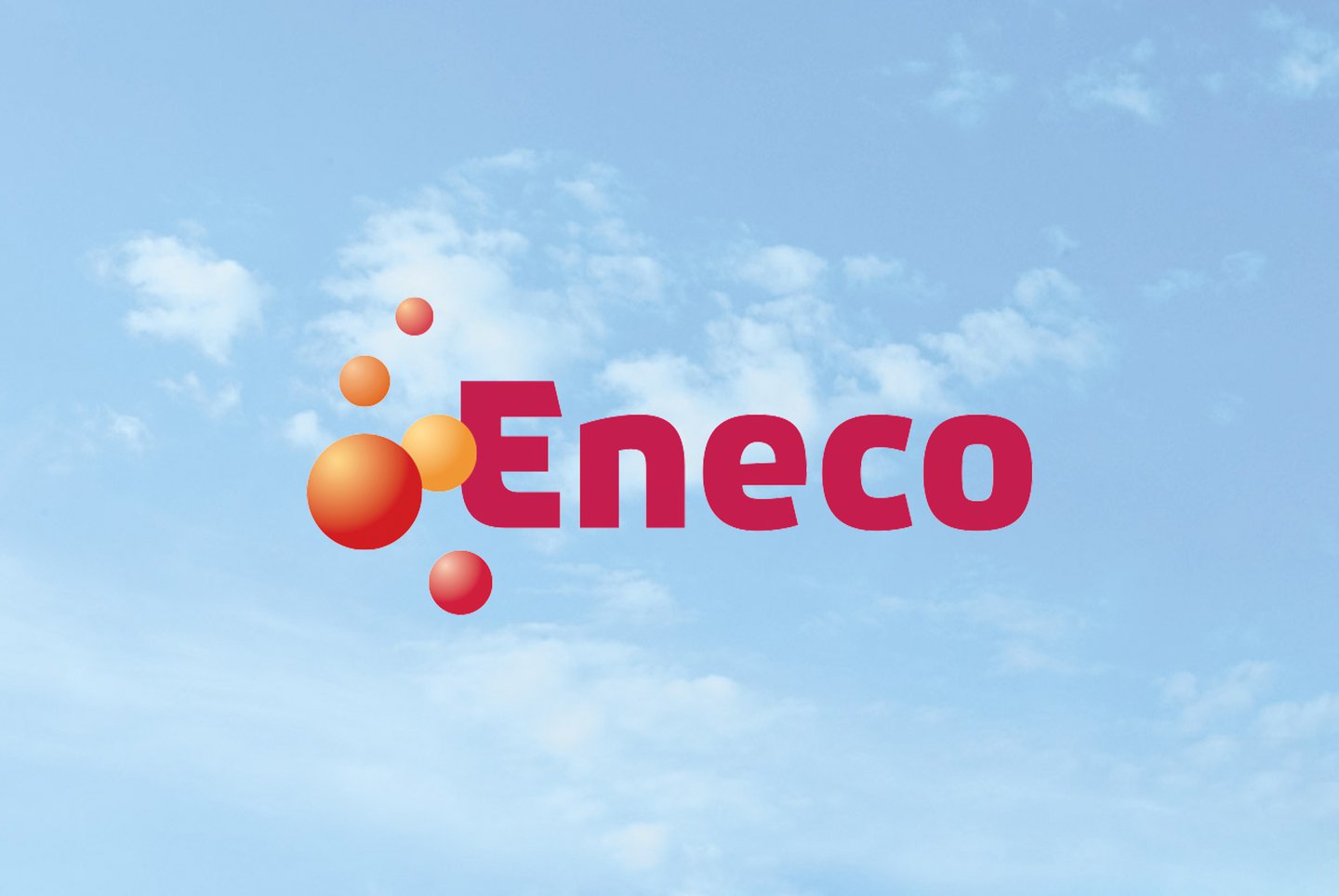
Learning agility as a strategy accelerator
Learning agility as a strategy accelerator
Fossil fuel is out, green is in. For a company such as Eneco Group, this energy transition represents an enormous change. Clients are acting as ‘prosumers’: they are becoming more selective, are setting conditions and if they are not happy, can disappear in a moment. How do you turn a former state-owned company into a flexible organisation with an even sharper eye for clients and partners and their fast-changing packages of requirements? Together with HFMtalentindex, Eneco tested the learning agility of its own employees.
Challenge
Eneco is a Dutch energy company with more than 7,000 employees in the Netherlands, the UK, Germany, France and Belgium. The organisation, the shares in which are held by more than 50 Dutch municipal authorities, builds infrastructure, has its own network business and a consultancy in the field of renewable energy. Eneco is also a shareholder of various suppliers of renewable energy, including Greenchoice, and invests in wind farms, biomass installations and solar power. With more than two million clients, it is extremely important for Eneco to be able to respond fast to new developments in the market and at its clients. But if everything changes, the requirements for the company’s own employees change too. Which job profile should they meet when you do not yet know the situation in which they will have to function?
Solution
In the search for a solution, Jonne-mei Beetz, Management Development Adviser of the Eneco Group, came across the term ‘learning agility’, which describes the extent to which a person can quickly learn what is needed in a new situation. ‘The concept dates from as long ago as the 1990s, but it is now more relevant than ever’, Beetz comments. Developments take place extremely rapidly in the market and only considering what people have achieved in the past is becoming less and less productive. Knowledge becomes outdated faster, just as specific experience loses value in a changing world. People may have all sorts of competencies, but how do you know whether these will also be useful in new situations? It is therefore better to shift the focus from proven to potential performance. The only problem is how do you measure that?’ That brought HFMtalentindex into the picture. As a partner in the field of talent assessment, HFMtalentindex already performed the online assessments for Eneco, as a result of which it has a mountain of relevant data. The data in the database were analysed for learning agility and the picture that emerged was consistent with the impressions on the shop floor: good performers in all sorts of different jobs usually have in common the fact that they have high learning agility.
Eneco benefits more from talent with HFMtalentindex
The learning agility of all 600 managers in the organisation was then assessed. ‘With the online assessments of HFMtalentindex, we were able to measure that fairly simply’, Beetz says. ‘Managers have a potential accelerating role in the transformation, which is why we linked their results to the development that the teams must undergo: where do the challenges lie? Is the composition of the team the right one for the strategy chosen? We explicitly did not link learning agility to performance management. To us, it is a tool for accelerating development. What are a person’s strengths? And how can you deploy those as a manager? That has nothing to do with faultless work. It is precisely the people who dare to try out new things who prove to score well for learning agility. And what do we find? People with high learning agility themselves hire people who have that too. In that way, learning agility works as a strategy accelerator.’